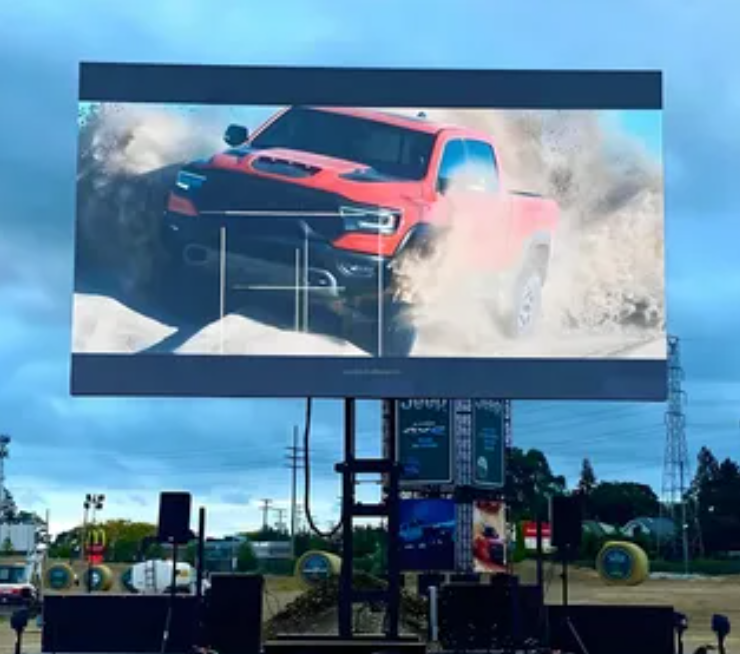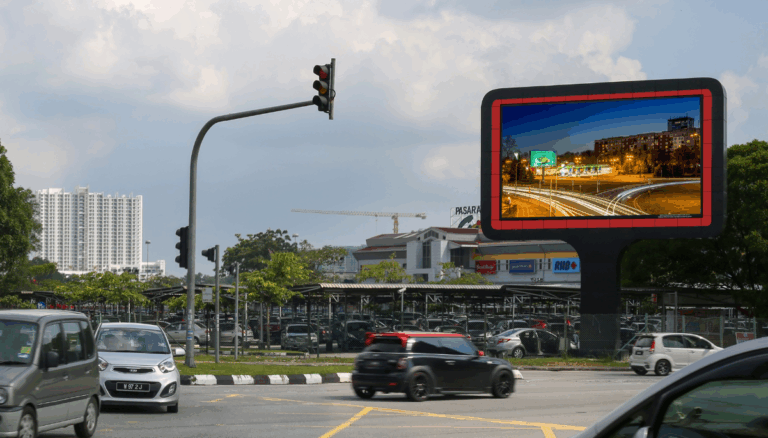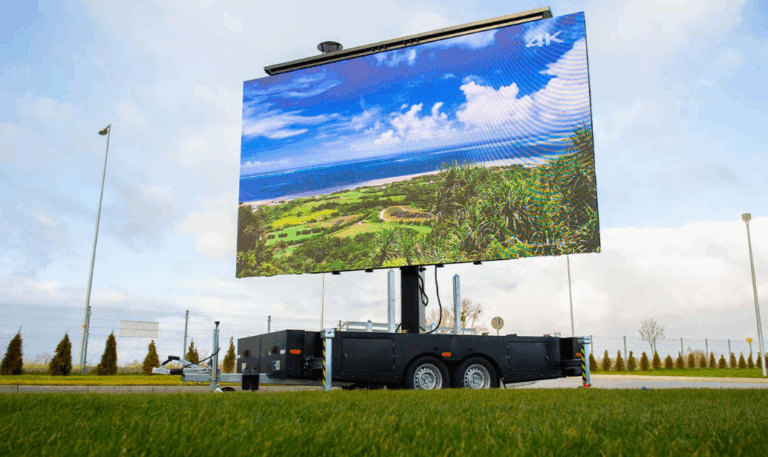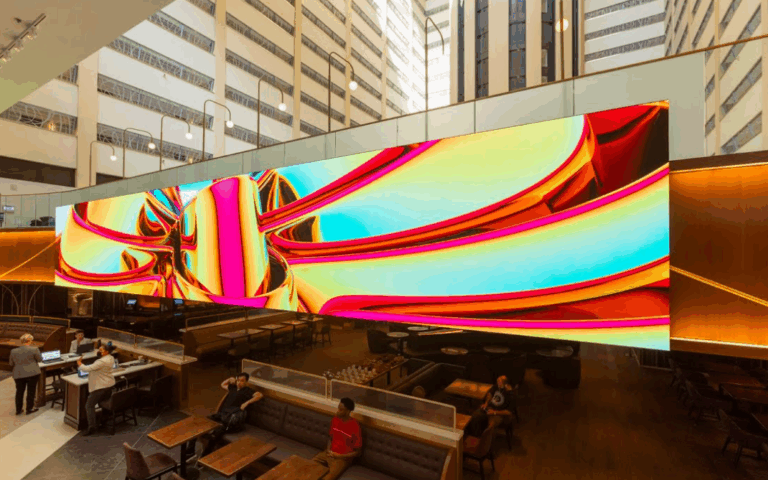A. Overview of Algeria’s Climate and Terrain
Algeria boasts a diverse climate, ranging from the Mediterranean climate to the Saharan desert climate. The northern coastal regions experience mild and humid conditions with significant rainfall during winter, while the inland areas are characterized by dryness, low rainfall, and significant temperature fluctuations. Particularly in the southern Sahara desert, the temperature difference between day and night is extreme. Geographically, northern Algeria is mountainous, the central region consists of plateaus, and the southern part is dominated by vast deserts.
These climatic and geographical factors pose serious challenges for the installation of LED screens, such as temperature fluctuations, strong winds, sandstorms, and high humidity, all of which can affect the normal operation of the screens. This article will explore how to effectively install and maintain LED screens to ensure their stable operation in various environments. Here is a complete guide to outdoor LED display prices, selection and application guides.
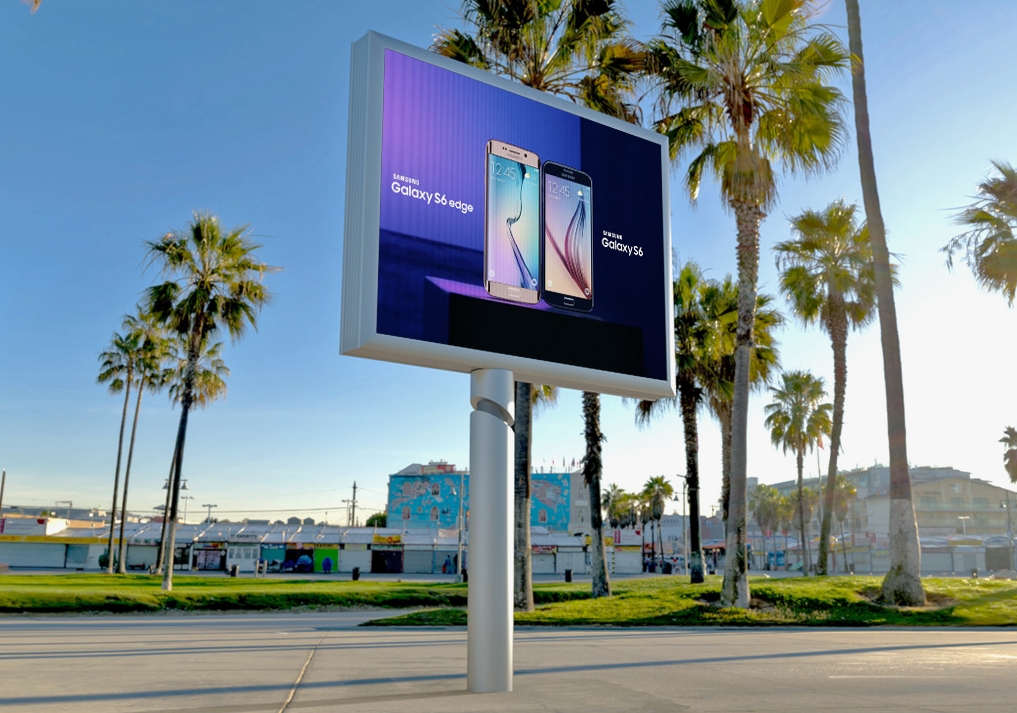
B. Installation Requirements for LED Screens
-
Weather Resistance Design
In Algeria, LED screens must have excellent weather resistance. The screen casing should be made of waterproof, dustproof, and corrosion-resistant materials to ensure they remain undamaged in adverse weather conditions like rain and sandstorms. Particularly in the southern desert regions, screens need to be designed with sand resistance to prevent dust from entering and causing damage.
-
Adaptability to High and Low Temperatures
Given that some regions in Algeria experience extremely high temperatures in summer and sudden drops in winter, LED screens need to have an efficient cooling system and low-temperature resistance. The use of high-efficiency heat sinks and ventilation designs can effectively prevent the screens from overheating in high temperatures. At the same time, in low-temperature conditions, the screens must start and operate stably, requiring special low-temperature protection measures.
-
Wind Resistance
In the northern mountainous and coastal regions, strong winds can affect the stability of outdoor LED screens. Therefore, during installation, the wind resistance of the screens must be considered. Reinforcing the installation structure and using wind-resistant brackets can ensure that the screens remain secure and do not loosen or collapse during strong winds.
-
Visibility Optimization
Algeria experiences high levels of sunlight, especially in desert areas where direct sunlight can affect screen visibility. Therefore, choosing high-brightness LED screens equipped with automatic light-sensing adjustment functions can automatically adjust the brightness according to changes in ambient light, ensuring clear display even under strong sunlight. Introducing outdoor LED display solutions.
C. Maintenance Strategies for LED Screens
-
Regular Cleaning
Algeria’s dust and humidity can easily accumulate on the screen surface, affecting display performance. Regularly cleaning the screen surface, especially the protective glass and heat dissipation channels, is crucial to ensuring normal operation. Using soft cleaning cloths and specialized cleaning agents can prevent scratches on the screen surface.
-
Temperature Monitoring and Protection
Given Algeria’s extreme temperature conditions, LED screens should be equipped with temperature monitoring systems. If the temperature exceeds the set range, the system can automatically adjust the operating state or shut down the screen to prevent overheating or freeze damage. Additionally, regularly checking the operation of heat sinks and ventilation openings ensures that the cooling system functions properly.
-
Wind Reinforcement Inspection
For LED screens installed in windy areas, regularly inspecting the stability of the fixing devices is essential to prevent loosening or damage caused by wind. Special inspections and reinforcements should be carried out before the storm season to ensure the screen’s safety.
-
Circuit and Power Maintenance
The circuit boards and power systems of LED screens are prone to failure in high-temperature and high-humidity environments. Regularly inspecting the condition of power lines and circuit boards to ensure there is no corrosion or looseness and promptly replacing aging or damaged components can extend the screen’s lifespan.
To ensure the long-term stable operation of LED screens in Algeria, providing local technical support and maintenance training is indispensable. By training local technicians, basic troubleshooting and maintenance can be performed even when professional personnel are not present. Providing you with a guide to purchasing LED display power supplies.
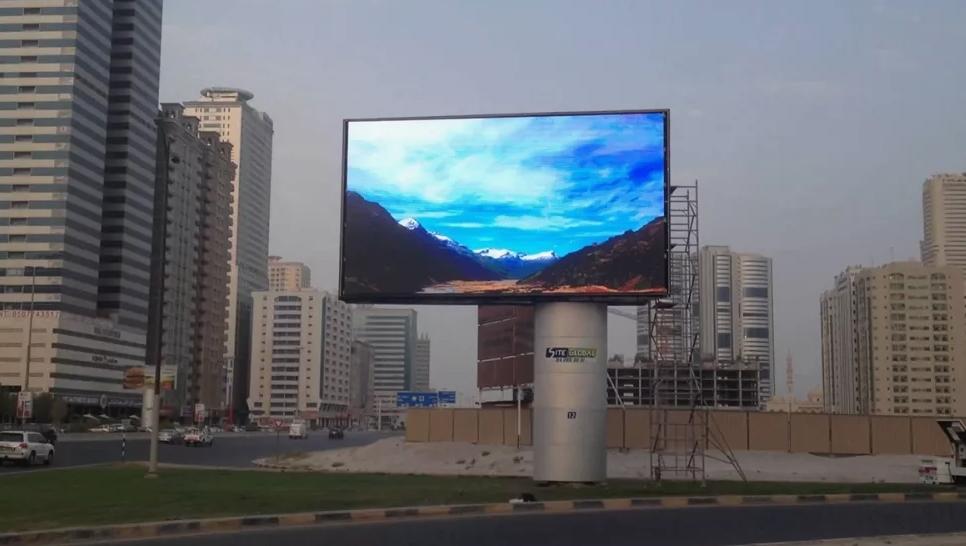
Conclusion:
The installation and maintenance of LED screens in Algeria is a systematic project that requires comprehensive consideration of geographical, climatic, and technical factors. With careful preparation and professional technical support, LED screens can shine brightly on this diverse land.

